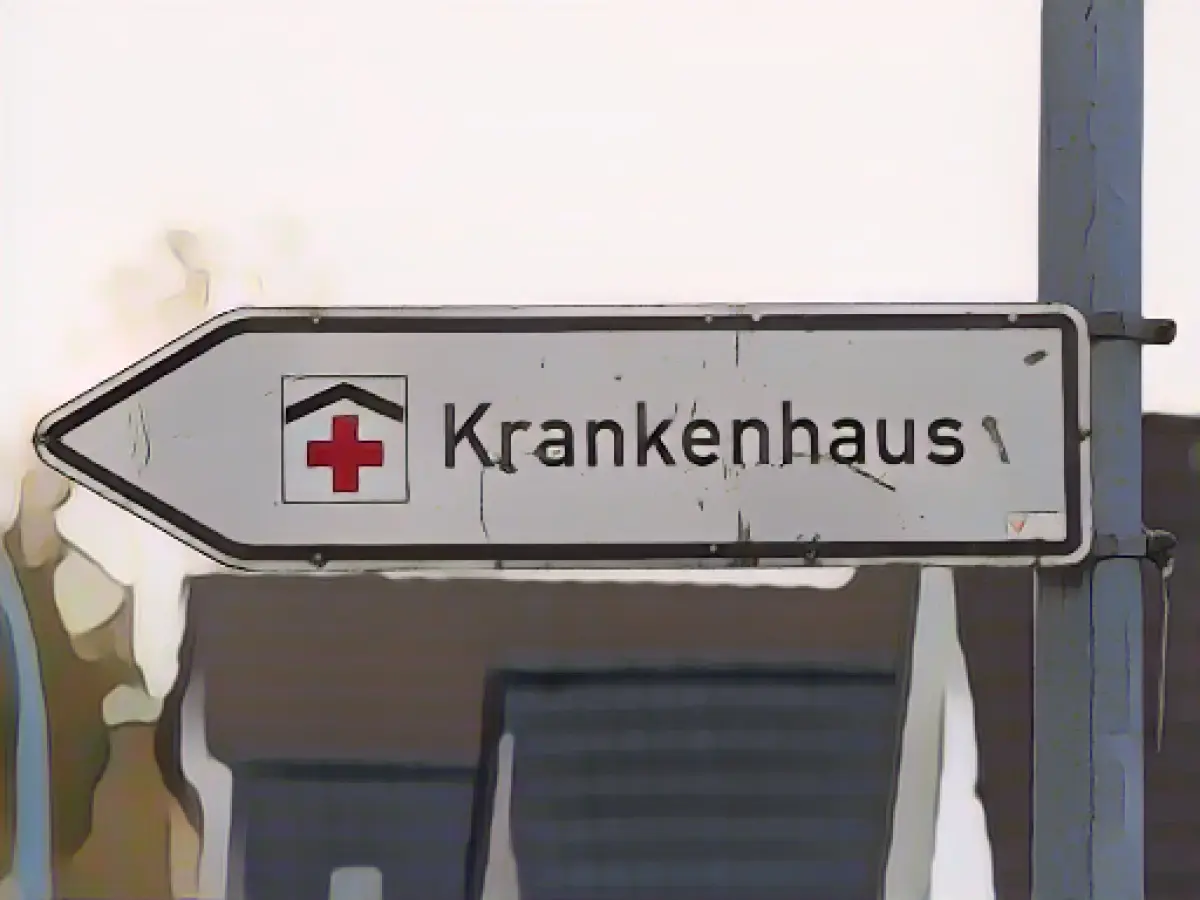The Holzminden Medical Center Bids Farewell Due to Staff Shortages
The curtains have fallen on the Holzminden Medical Center, as dwindling rescue personnel have left no other option but closure. Announced on a Wednesday, the town and district had previously held onto hope for the hospital's salvation, committing millions towards its rescue. Unfortunately, the situation has worsened, enforcing the closure.
Effective immediately, the hospital will no longer accept new patients. The majority of the 70 existing patients will be discharged within days, while alternative arrangements will be made for those requiring specialized care. Affected employees, roughly 420 strong, received the news on Wednesday.
The hospital's Protestant Agaplesion Hospital and Agaplesion Medical Care Centers entered provisional insolvency proceedings by the end of August. Earlier, the vigilant community had proposed investing €12 million into the hospital, alongside job cuts, streamlined services, and emergency room curtailments.
However, this plan hit a roadblock as staffing shortages continued. Key positions remained vacant, leading to around 160 redundancies, according to the provisional insolvency administrator. New financial and legal challenges emerged that would pose significant risks in the years to come, justifying the current decision.
"Reaching our financial pain threshold marks the end of the investment justifiability," stated District Administrator Michael Schünemann and Mayor Christian Belke (both non-party) in a shared statement. The complexity of rural healthcare, with its intertwined crises and adjustments in health policy, threatens rural hospitals' sustainability.
With the closure of Holzminden's hospital, we witness the erosion of urgent medical care in the region. Many regional hospitals grapple with their own staffing crises, exacerbating a nationwide challenge for rural healthcare.
Resources: [1] Deutsches Ärzteblatt International: ns for Rural Health Facilities [3] German Institute of Urban Affairs: for Rural Health
Rural hospitals in Germany, such as the one in Holzminden, are grappling with significant challenges. These problems stem from staff shortages, financial difficulties, and policy decisions that impact their operations and survival:
- Staff Shortages:
- Rural healthcare struggles to attract and maintain medical personnel due to lower wages, scarce career opportunities, and limited specialized care compared to urban locations.[3]
- The 2025 hospital reform emphasizes specialists in areas like surgery, radiology, and internal medicine. This trend may further decimate rural hospitals by concentrating specialized care in urban areas.[1]
- Financial Difficulties:
- Financial instability plagues many German hospitals, with hospitals facing challenges from overcapacity and insufficient funding from federal states.[1]
- A novel funding structure, which distributes 60% of funding based on essential services and infrastructure maintenance, and 40% towards actual treatments, may decrease pressure on volume-focused care. However, it might also stress rural hospitals with lower patient numbers and weaker financial foundations.[1]
- Accessibility and Patient Volume:
- Rural healthcare systems tropically encounter issues such as extended travel times to access care facilities, reduced patient volumes, and recruiting/retaining medical personnel. These factors contribute to the financial burden that weighs on rural hospitals.[3]
- Reform Impact:
- Service Group classification categorizes hospitals into 65 groups, based on their specializations. Although this idea aims to enhance care quality, it can also lead to a concentration of specialized care in fewer equipped facilities, diminishing rural areas' access to specialized services.[1]
These factors collectively threaten rural hospitals' sustainability, making them more susceptible to closure due to staff shortages and financial difficulties.








